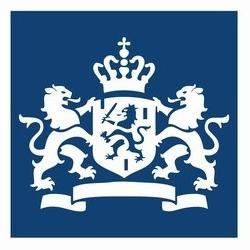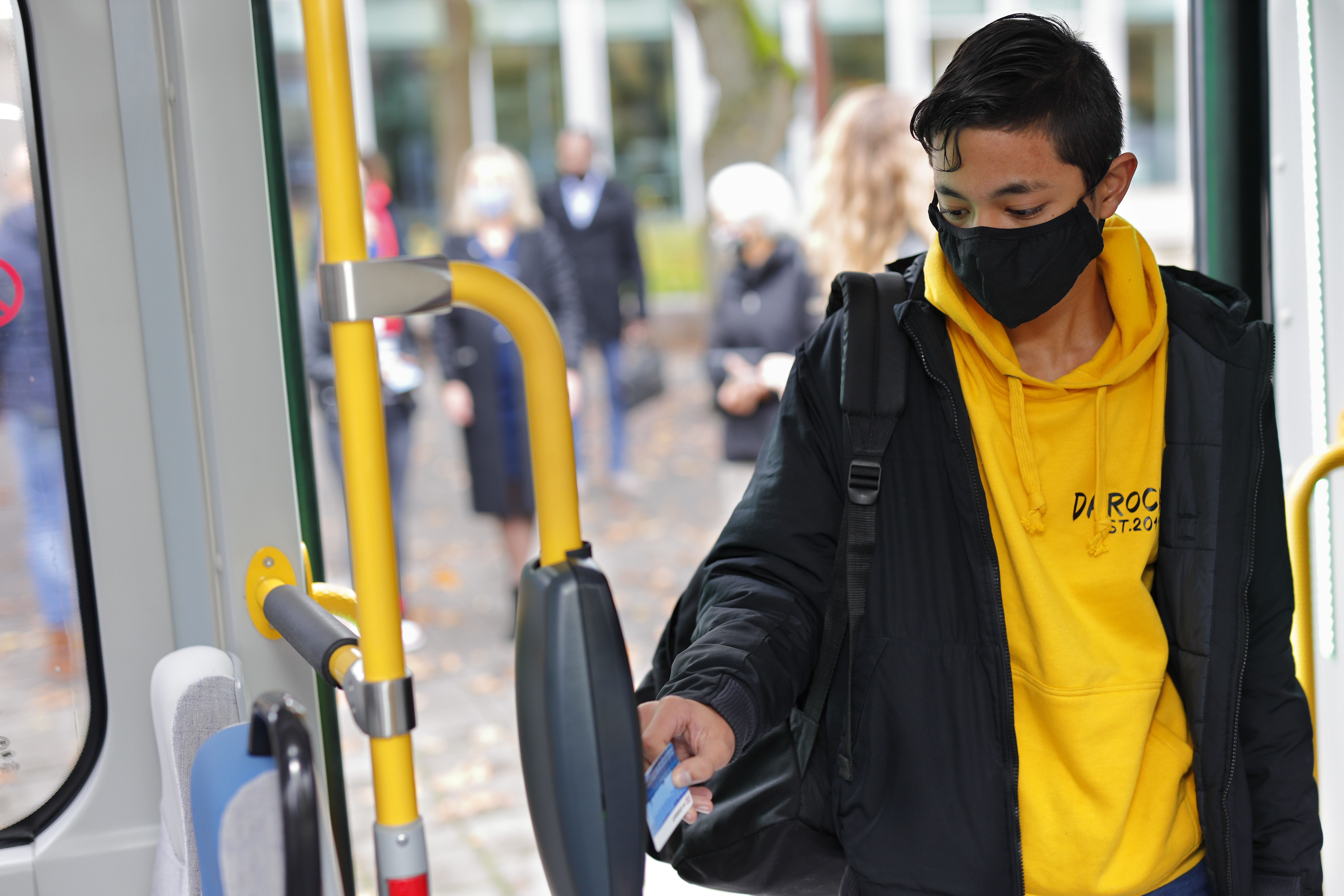“Never waste a good crisis!”
Winston Churchill said, “Never waste a good crisis!”. During the Covid-19 crisis, the Netherlands decided to tackle the issue of overcrowding in public transport during rush hour, paying particular attention to the hyper-peak. Operators had previously urged educational facilities to help ease the pressure on public transport systems by staggering the hours that courses start and finish, but it only yielded modest results.
The Covid-19 crisis radically changed this dynamic, and during its early phase staggering became compulsory. As the crisis abated, the obligations of educational facilities became more voluntary; by that time a remarkable cultural change had taken place and it had become routine for local PT operators and educational facilities to talk, communicate and coordinate. And in many cases, it became logical for educational facilities to make efforts to help ease overcrowding. More importantly, national and regional authorities embraced this cultural change and became driving forces in maintaining efforts to stagger demand following the crisis.







